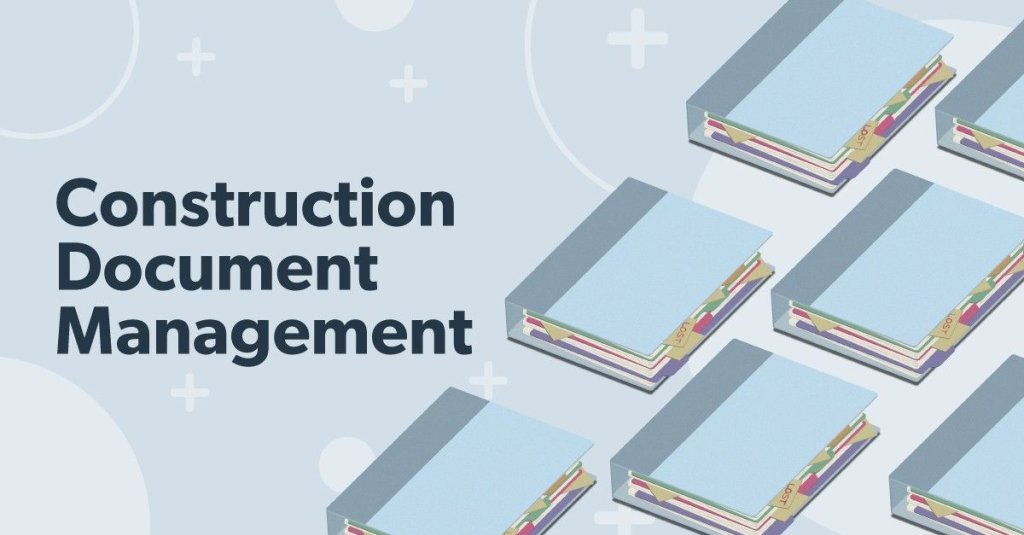Navigating Complexity: How Construction Document Management Software Application Can Assist
Optimizing Job Collaboration: Engineer's Finest Practices in Construction Record Monitoring
In the complex world of building projects, the efficient administration of building and construction records stands as a cornerstone for success. In the middle of this intricacy exists an essential concern: just how can engineers streamline collaboration processes to improve job end results?
Leveraging Cloud-Based Systems
By transitioning from traditional paper-based systems to shadow options, architects can simplify partnership, improve file ease of access, and boost general task performance. This availability promotes smooth communication and control amongst project stakeholders, leading to less errors and hold-ups in the building process.
In addition, cloud-based platforms give a protected setting for saving delicate project details, providing security, routine back-ups, and user permission settings to protect information honesty. Designers can also take advantage of the scalability of cloud solutions, enabling them to readjust storage space capacity and performance based upon project demands. On the whole, leveraging cloud-based platforms equips engineers to optimize their building record administration procedures, driving better collaboration, effectiveness, and success in their tasks.
Executing Version Control Solution
Having actually established the benefits of cloud-based platforms in building paper monitoring, architects can now boost their record control processes by applying Version Control Systems. Version Control Solution (VCS) are essential tools that track modifications in records, ensuring that group members are constantly collaborating with the current and most accurate information. By executing VCS, engineers can keep a central repository where all project documents are stored, allowing smooth cooperation while minimizing the risk of mistakes and variation conflicts.
This feature is specifically beneficial in building and construction jobs where design iterations and alterations are common. This transparency not only improves liability yet also aids in settling conflicts or discrepancies that may emerge throughout the task lifecycle.
Establishing Interaction Methods
To make certain efficient and effective job control, designers need to develop clear and durable interaction procedures within their building and construction paper management procedures. This system can be a job management software, e-mail strings, or cloud-based storage services.
Additionally, communication procedures ought to also consist of standards on exactly how to deal with disputes, modification orders, and urgent issues that might develop during the task lifecycle. Developing a structured strategy to interaction ensures that all stakeholders are on the same web page, advertises transparency, and ultimately adds to click to find out more the effective completion of the construction task.
Using BIM Software for Control
BIM software program plays a crucial function in enhancing control among task staff member in the building and construction industry. Structure Info Modeling (BIM) facilitates cooperation by supplying a centralized system where architects, designers, specialists, and other stakeholders can interact in a worked with way. Through BIM software application, project participants can access and upgrade a shared version that includes detailed info about the building layout, construction parts, and project routines.

Furthermore, BIM software makes it possible for real-time partnership and communication among staff member, despite their physical area. With cloud-based BIM systems, job stakeholders can access the most current project details, track modifications, and make informed choices quickly. Overall, leveraging BIM software application for coordination boosts job performance, efficiency, and inevitably causes effective project end results.
Ensuring Data Protection and Compliance
In the realm of construction document administration, securing information integrity and making sure governing conformity are critical factors to consider for engineers and other task stakeholders. Designers need to apply robust protection steps to shield sensitive job details from unapproved accessibility or breaches.

Final Thought
In verdict, designers can maximize job cooperation in building file monitoring by leveraging this link cloud-based platforms, applying version control systems, developing communication protocols, utilizing BIM software program for coordination, and making sure information protection and compliance. These finest techniques help enhance the building and construction process, enhance interaction amongst project stakeholders, and enhance performance in project shipment. By adhering to these standards, architects can successfully take care of construction files and promote successful job end results.
Through BIM software program, task individuals can access and update a shared version that contains in-depth details concerning the structure layout, construction components, and job timetables.
Via cloud-based BIM platforms, job stakeholders can access the most recent job info, track adjustments, and make informed decisions without delay - construction document management. Overall, leveraging BIM software application for sychronisation improves task performance, performance, and inevitably leads to successful project results
In final thought, designers can enhance job partnership in building record monitoring by leveraging cloud-based systems, executing version control systems, establishing interaction methods, using BIM software application for sychronisation, and guaranteeing data protection and conformity. These finest practices help streamline the construction process, improve interaction amongst project stakeholders, and boost performance in job delivery.